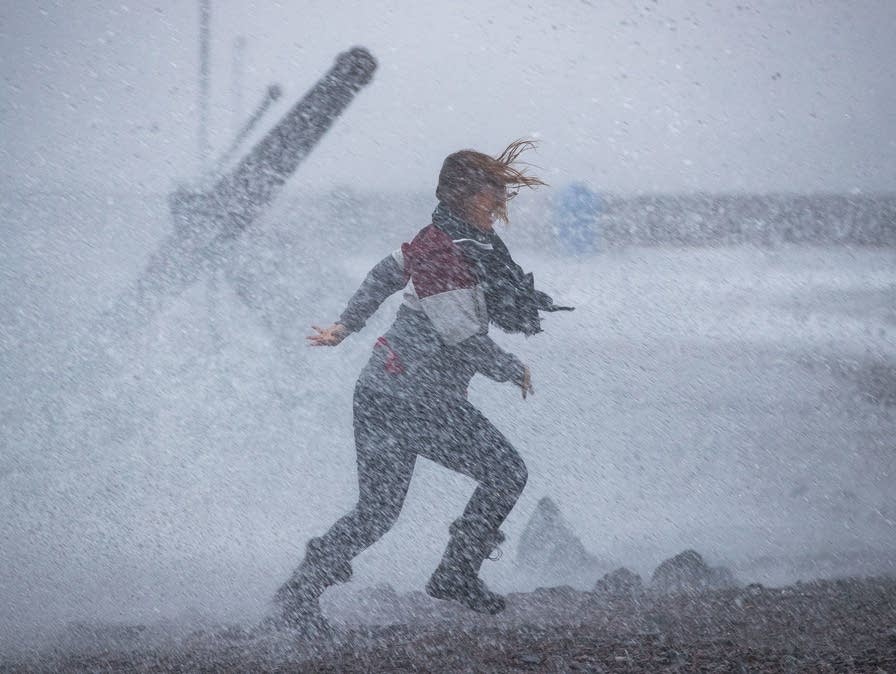Past few days has been, how shall I say it, ohh I know, take your commiepinko funded propraganda green new deal and shove it right up your Kiester. A-B would approve. This may be long in tooth, so be like me, have the coffee at the ready. Yesterday, 1300 hundred hours
8 seconds without a rodeo bull
What you don’t see what it felt like, this is Emily, looks like Emily is inside a sandblaster

Choices are front to back or back to front.
The words may sound different to you, you may find there’s a familiar sound to them.
Longfellow spoke of it
For his epic poem of the American Indian, Longfellow combined native legends with the heroic style and the hypnotic trochaic tetrameter of the Finnish epic, the Kalevala. His “Indian Edda,” Longfellow said, is based “on a tradition, prevalent among the red man, of a personage of miraculous birth who was sent among them to clear their rivers, forests, and fishing-grounds, and to teach them the arts of peace. . . . The scene of the poem is among the Ojibways on the southern shore of Lake Superior. . . .” Gitche Manito, the “Master of Life,” the “creator of the nations,” is angry at mankind’s “wrath and wrangling,” and he vows to send a prophet to “guide and teach” men. Nokomis falls to earth “from the full moon” and bears a lovely daughter named Wenonah. The West-Wind mates with Wenonah, and she gives birth to Hiawatha. The West-Wind deserts her, and she dies. Hiawatha grows up in the home of his grandmother:
Gordon Lightfoot has left us, he left us a song we all know well
Maybe the reason that song is famous, it was a complete failure of modern technology, ” this day and age, how could something like that happen”. No one could believe it. It wasn’t the worst to happen.
We don’t get hurricanes, we get White Fury
Lake Superior on November 6, 1913, and finished with lakes Huron and Erie seven days later. When the winds quieted and the waves calmed, 12 freighters were lost beneath lakes Superior, Huron, Michigan and Erie. Thirty-one more vessels had been pounded to pieces on rocks or driven onto land. The official death toll was 248, but that’s just the sailors registered on the ships that sank. Shipping personnel records of the day weren’t always accurate; it’s likely that more sailors perished. The number also doesn’t count fishermen in small vessels, workers on tugs, or those who succumbed to the storm’s fury on land.
Treacherous as it was on land, conditions were far worse for those unfortunate enough to be caught on the lakes. Offshore winds gusted to 80 miles per hour, creating relentless waves and swells of 35 feet and higher. The frigid water washed over ships’ decks and froze in seconds, encasing everything it touched in a solid layer of ice. Blinding snow and sleet reduced visibility to zero.
8 ships were run aground or smashed onto rocks, and two freighters went to the bottom with all hands aboard.
The steamer Leafield and its crew of 18 men vanished off Angus Island near Thunder Cape. The vessel was last seen by the captain of the nearby Hamonic, who reported to the Duluth Herald that he watched as the Leafield crested a huge wave, then suddenly dipped forward and dove toward the bottom of the lake. It was gone in seconds.
The ore freighter Henry B. Smith disappeared somewhere off the Keweenaw Peninsula near Copper Harbor, Michigan, taking 23 people with it.
The story of the 1913 storm is that of L.C. Waldo, the “unknown steamer” that was shattered against the rocks of Lake Superior’s Manitou Island. It’s the story of an icy tomb, one monster wave.
I tired to get her to tell the story about dad not coming home before a strom hit, ( she was madder then hornet’s nest, still). Just as said ” this is no time for stories”, the door blew open, the screen door was taken by the wind.
A hat tip to the linemen who got the power on again. Last week I was looking my wood pile and wondering if it’ll last. With having more than a few trees, I’ll have a good start on next winter’s heat. Something else came and went a few days back, It’s still relevant today, least to me.
4/25/76
